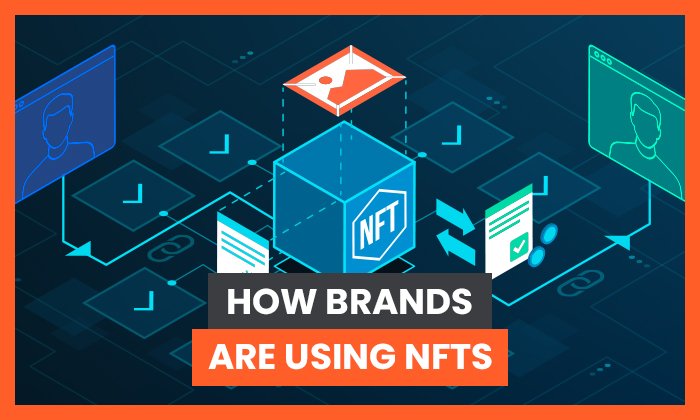Learn the Basics of NFTs

By Sarah Evans
The union between blockchain and digital art is a match made in heaven. Their darling child is a new type of asset known as non-fungible tokens, or NFTs for short. In the first half of 2021, NFTs have generated $2.5 billion in sales, up exponentially from the $13.7 million in 2020. When “EVERYDAYS: The First 5000 Days” became the first purely digital art piece to ever be auctioned by a major house, it sold for $69 million. “Crossroads,” a 10 second video clip, sold for $6.6 million last February. Most collectors of NFTs are using the art as an investment, hoping the value will increase over time. Let’s learn the basics of NFTs.
What is the Appeal of NFTs?
Digital files can be copied and downloaded by anyone, so why attempt to own one? The secret lies in the blockchain element of an NFT. Digital keys secure NFTs using the same technology that allows cryptocurrency to operate. The public key serves as the ownership assignment while the private key authorizes changes in ownership. The blockchain itself maintains a tamper proof ledger of transactions. While digital collectibles can be copied exactly, ownership cannot. The exclusive air of ownership is what appeals to people who purchase NFTs.
How NFTs Help Artists
Until their alliance with blockchain, digital artists struggled to make a living. Even in the art world, digital artists had a harder time selling than their physical counterparts. Difficulties abounded in proving they were the original creator of a work, monetizing art that would easily be copied, and preventing unauthorized usage of their work. In the advent of NFTs, digital artists can fend for themselves. They are able to add features that will pay them a cut of all future sales on their NFT. They can sell art that would otherwise lack an interested market. Most importantly, artists can prove they are the original creator of a digital file.
Thanks to artists paving the way, any digital file has the potential to be sold as an NFT. Twitter founder Jack Dorsey sold an NFT of his first tweet for $3 million. NBA’s Top Shot lets fans buy, sell, and trade licensed video “moments.” NFT for Good is even harnessing the power of NFT to raise money for humanitarian causes. The limit to what files can serve as NFTs is simply what the market will bear.
The Risks
As with any investment, NFTs do carry a degree of risk. Beyond the loss and theft dangers inherent in both NFTs and cryptocurrency, NFTs suffer the unique (for an asset) problem of link rot. NFTs are deeds of ownership; they don’t contain the digital file itself. The actual file is usually linked with a URL, and maintaining the URL depends on the web host. If the host goes out of business or the creator redirects the URL, the file is lost. While arrangements can be made, no single part is responsible for maintaining the file at the heart of an …read more
Source:: Social Media Explorer






